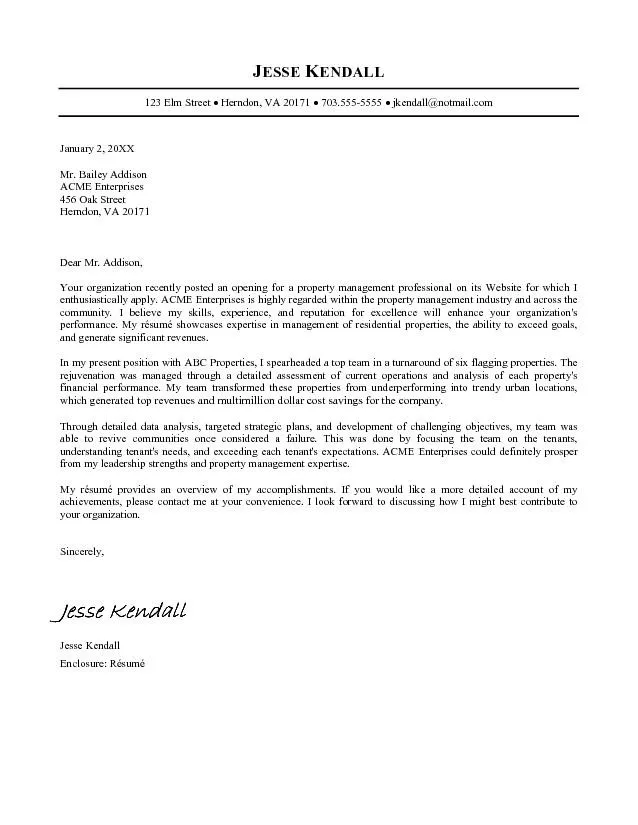Understanding the Importance of Cover Letter Format
Your resume cover letter is your first chance to make a positive impression on a potential employer. It’s not just a formality; it’s a crucial marketing tool. A well-formatted cover letter demonstrates professionalism, attention to detail, and a genuine interest in the position. It complements your resume by providing context, showcasing your personality, and explaining why you’re the ideal candidate. A poorly formatted or generic cover letter, on the other hand, can be an immediate red flag, leading to your application being overlooked. The format of your cover letter is what makes it stand out and allows the hiring manager to immediately recognize your key skills and qualifications. Neglecting the format of your cover letter can undermine the hard work you put into your resume and application process. The format shows the employer you care about details.
Key Formatting Elements for a Winning Cover Letter
Creating a winning cover letter goes beyond simply listing your qualifications; it involves strategic formatting that enhances readability and impact. The format should be visually appealing and easy to navigate, allowing the hiring manager to quickly grasp the key information. This section will cover the essential elements of a well-formatted cover letter, from the contact information to the closing, ensuring your application makes a strong first impression. Proper formatting is not just about aesthetics; it’s about communicating professionalism and respect for the reader’s time. Each element plays a vital role in presenting you as a polished and prepared candidate. By paying attention to detail in your formatting, you show employers you are capable of being detailed and thorough in their company.
Contact Information and Date
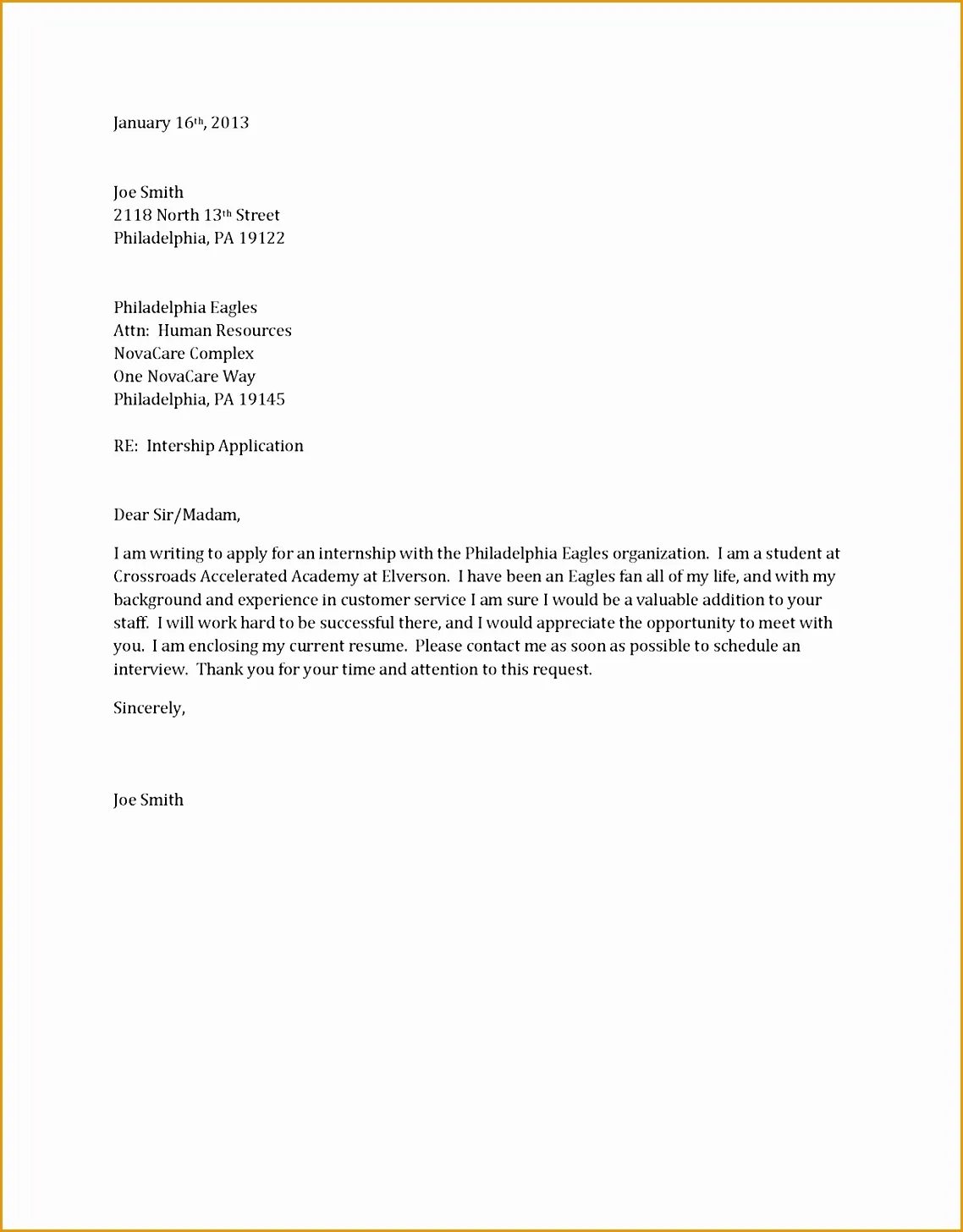
Begin your cover letter with your contact information at the top left. This includes your full name, address, phone number, and email address. Following this, include the date. The date is generally the day you are sending the cover letter. Ensure all contact information is accurate and up-to-date. This is the first piece of information the employer sees, and it is critical to ensure they can easily reach you. The layout should be clean and organized, making it easy for the reader to find this vital information. The date is also important, as it provides context to when the application was submitted.
Recipient’s Information
Below your contact information and the date, include the recipient’s details. This typically includes the hiring manager’s name, title, company name, and company address. Researching the hiring manager’s name is crucial, as addressing your cover letter to a specific person is more personal and shows initiative. If you are unable to find the hiring manager’s name, use a general title such as ‘Hiring Manager.’ Ensure the company name and address are accurate. Getting the details correct is important in demonstrating your attention to detail. If you are applying online, you can usually find the hiring manager’s contact information on the company website or job posting. This information shows you’ve taken the time to research the company.
Salutation
The salutation sets the tone for your entire cover letter. Use a professional greeting like ‘Dear Mr./Ms./Mx. [Last Name]’ if you know the hiring manager’s name. If you don’t know the name, use a general greeting such as ‘Dear Hiring Manager.’ Avoid generic greetings like ‘To Whom It May Concern,’ as they can appear impersonal. The salutation should match the level of formality of the company and the job. Ensure the salutation aligns with the company culture. A warm and professional salutation immediately grabs the attention of the hiring manager. It sets the stage for a positive communication style throughout your letter.
Crafting a Compelling Opening
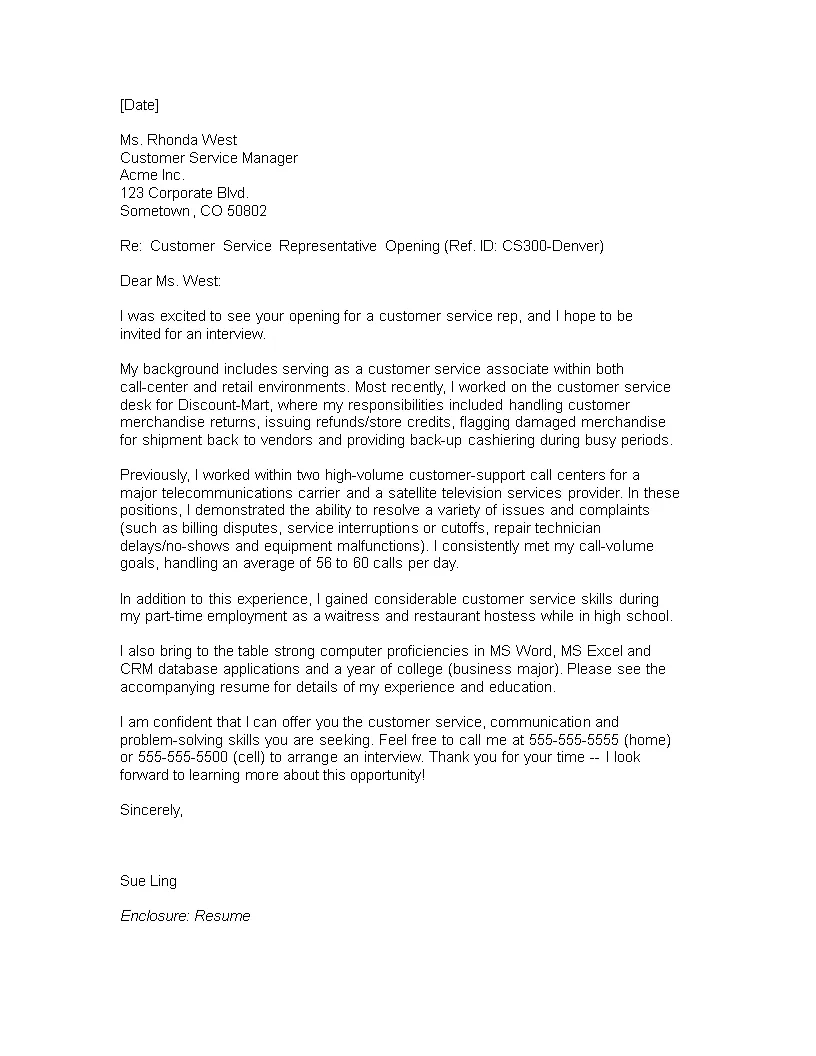
The opening of your cover letter is critical; it must capture the reader’s attention and convey your enthusiasm for the position. Instead of starting with a generic statement, clearly state the position you’re applying for and how you learned about it. Briefly mention why you’re excited about the opportunity and what makes you a strong candidate. Your opening should immediately grab the reader’s attention and show your interest in the company. Highlight a key achievement or skill that directly relates to the job requirements. Use the opening to establish your interest in the company, and to start to show why you are a good candidate for the position. Ensure your opening paragraph is direct and gets straight to the point, allowing the hiring manager to immediately grasp the purpose of your letter.
Highlighting Relevant Skills and Experience
The body of your cover letter is where you demonstrate how your skills and experience align with the job requirements. Focus on the skills and experience most relevant to the position, providing specific examples of your accomplishments. Use the job description as a guide to identify the key skills and qualifications the employer is seeking. Provide concrete examples that showcase your achievements and explain how you made a difference in previous roles. Quantify your accomplishments whenever possible, using numbers and data to demonstrate the impact of your work. Ensure your information relates directly to the job position you are applying for.
Structuring Your Body Paragraphs
Organize your body paragraphs logically, typically starting with a brief overview of the skill or experience you are highlighting, followed by specific examples. Each paragraph should focus on a single point, making it easier for the reader to follow. Use clear and concise language, avoiding jargon or overly technical terms. Maintain a professional tone throughout your cover letter. Use a structure that highlights the importance of your key skills and accomplishments. Provide the reader with a clear picture of your suitability for the role.
Using Action Verbs and Quantifiable Results
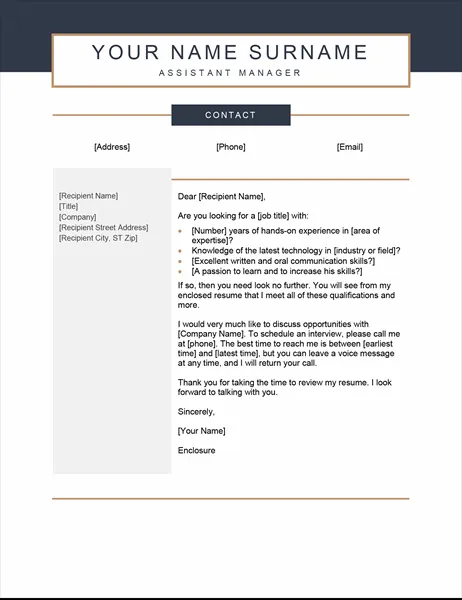
Use strong action verbs to describe your accomplishments and responsibilities. Instead of saying ‘responsible for,’ use verbs like ‘managed,’ ’led,’ ‘developed,’ or ‘achieved.’ Quantify your results whenever possible to demonstrate the impact of your work. For example, mention how you increased sales by a certain percentage, reduced costs, or improved customer satisfaction. Quantifiable results add credibility to your claims and demonstrate your value to the employer. Action verbs make your accomplishments more dynamic and engaging, and the data will demonstrate your contributions. Use specific achievements and results, backed up by quantifiable metrics whenever possible.
The Importance of Tailoring to the Job Description
Customize your cover letter for each job application. Review the job description carefully and highlight the skills and experiences most relevant to the position. Use the same keywords and phrases from the job description to demonstrate that you meet the requirements. Tailoring your cover letter shows the employer that you have read the job description and are genuinely interested in the specific role. Generic cover letters are easily identified and can give the impression that you are not genuinely interested in the position. Take the time to modify your cover letter for each job application, and tailor it to match the job description and the company’s needs.
Writing a Strong Closing
Your closing should reiterate your interest in the position and express your gratitude for the hiring manager’s time and consideration. Restate your enthusiasm for the opportunity and your confidence in your ability to succeed in the role. Include a call to action, such as inviting the hiring manager to contact you for an interview. Keep your closing brief, positive, and professional, making it clear that you look forward to hearing from them soon. A strong closing leaves a lasting impression and increases your chances of getting an interview. The closing should be enthusiastic and professional and restate your interest in the company and the position.
Expressing Enthusiasm and Next Steps
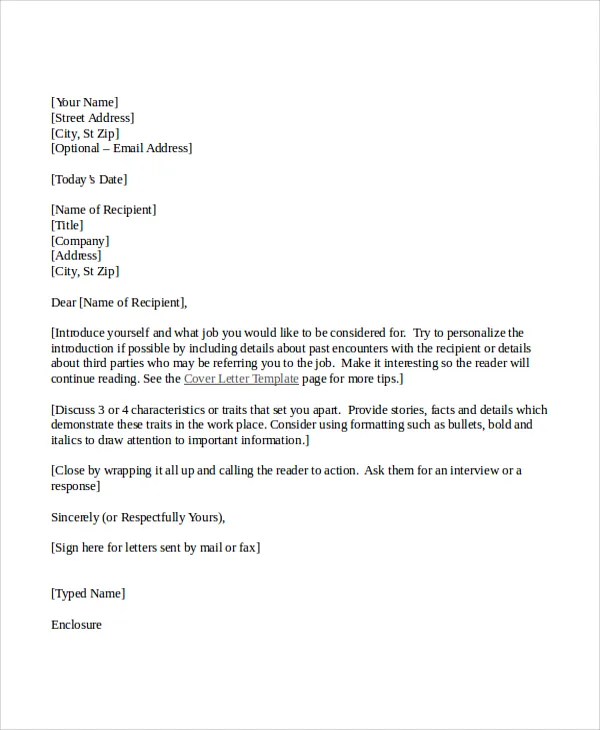
Express your enthusiasm for the opportunity, reiterating your interest in the position and the company. Thank the hiring manager for their time and consideration. State your availability for an interview and make it easy for them to contact you. Clearly state how they can contact you, and offer to provide any additional information needed. Offering your availability for an interview shows that you are eager to move forward in the process. Thanking the hiring manager for their time and consideration demonstrates professionalism. Use the closing to reiterate your key points.
Proper Sign-off and Name
Use a professional sign-off, such as ‘Sincerely,’ ‘Best regards,’ or ‘Thank you.’ Follow the sign-off with your full name. Ensure your name is clearly visible and easy to read. Avoid informal sign-offs that are not appropriate for a professional setting. The sign-off should match the overall tone of your cover letter. The sign-off should be professional and courteous. Ensure you include your full name and a clear email address. Your signature is important for establishing a personal connection.
Formatting Best Practices
Paying attention to formatting details can significantly enhance the readability and professionalism of your cover letter. Use consistent formatting throughout your document to ensure a polished and professional look. Poor formatting can distract the reader from the content of your letter. Using a standard font, appropriate margins, and spacing will enhance the readability of the document and make it easier to review. Ensure the formatting is visually appealing. The layout should be clean and well-organized.
Font Choice and Size
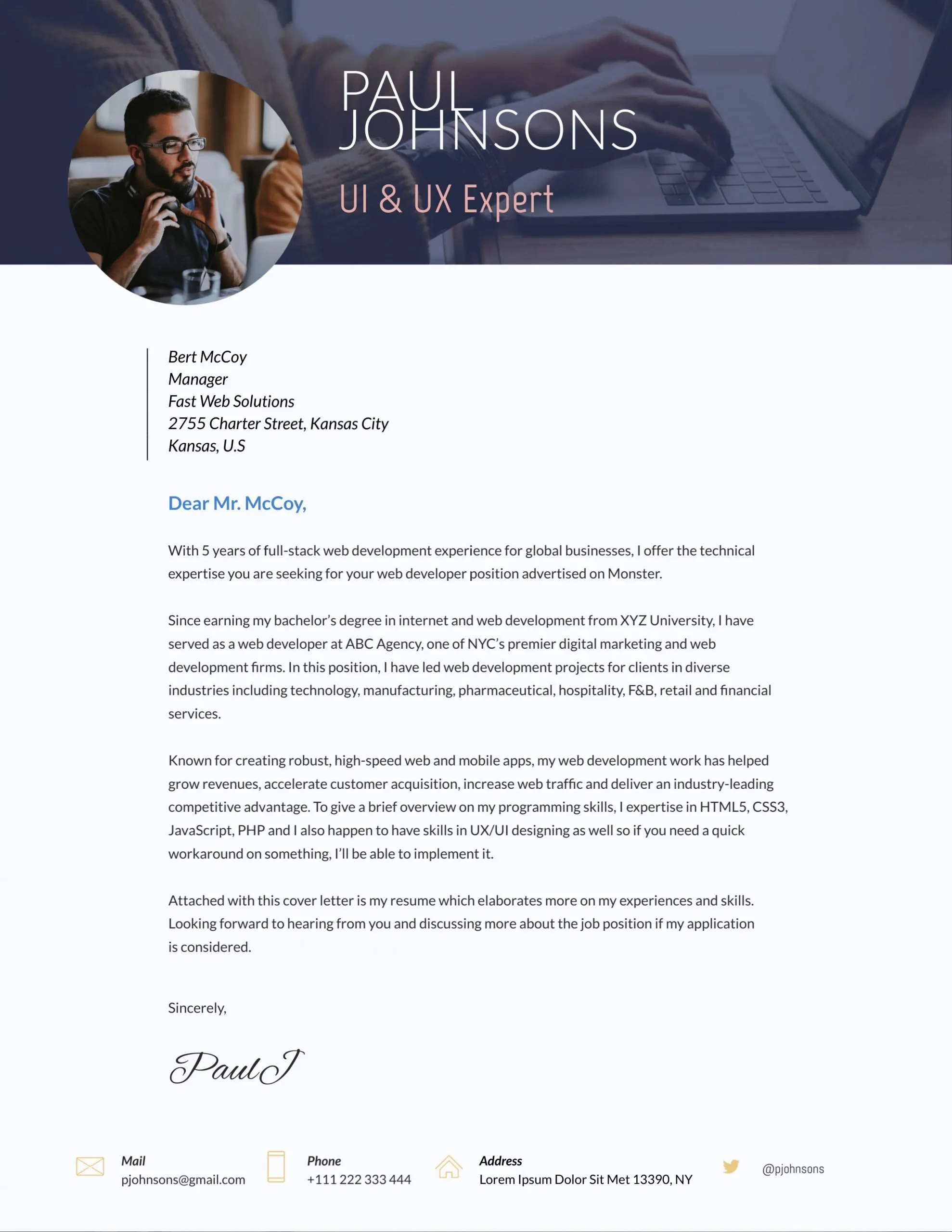
Choose a professional and readable font such as Times New Roman, Arial, Calibri, or Helvetica. Use a font size between 10 and 12 points for the body of your cover letter. Ensure the font size is consistent throughout the document. Avoid using overly stylized or decorative fonts, as they can be difficult to read. Pick fonts that are simple and professional, as this ensures readability. Proper font choice demonstrates professionalism and makes your cover letter easier to read. Make sure your font is professional and readable. A simple font choice can increase readability and make a good impression.
Margins, Spacing, and Overall Layout
Use standard 1-inch margins on all sides of your cover letter. Single-space your text, but add a blank line between paragraphs to improve readability. Align your text to the left, as this is the most common and readable format. Keep the overall layout clean and uncluttered. Ensure there is adequate white space throughout the document. Make sure all of your headings are clear and consistent. Proper margins and spacing make your cover letter more visually appealing and easier to read. Using the right format, margins, and spacing helps to present your cover letter in a professional manner. Clean formatting will help the reader easily scan your cover letter.
Proofreading and Editing
Proofread your cover letter carefully for any grammatical errors, spelling mistakes, and typos. Use spell-check and grammar-check tools, but also read your cover letter manually to catch any errors the tools might miss. Ask a friend, family member, or career advisor to review your cover letter for clarity and accuracy. Ensure your cover letter is free of errors. Proofreading and editing are essential for demonstrating attention to detail and professionalism. A well-proofread cover letter makes a positive impression. Proofread every detail before submitting your cover letter.
Cover Letter Format Mistakes to Avoid
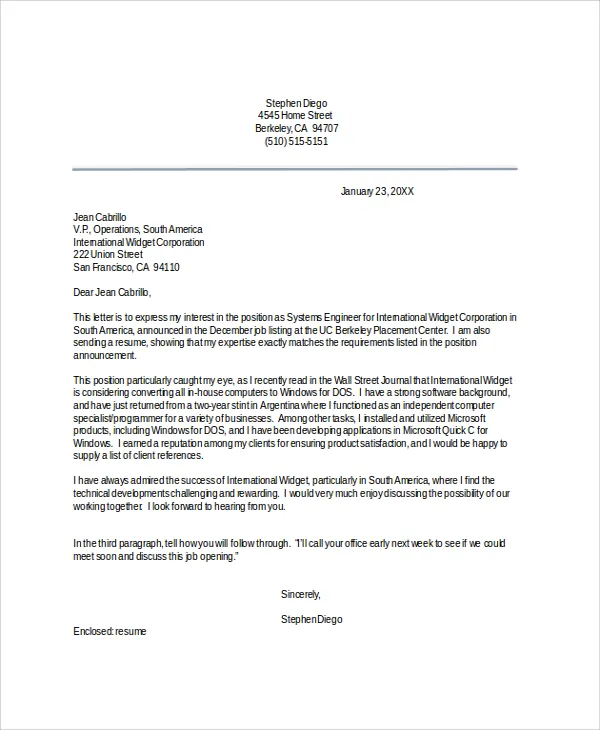
Certain formatting mistakes can immediately undermine your cover letter and hurt your chances of getting an interview. Avoiding these common errors will ensure your cover letter presents you in the best possible light. Pay attention to detail and ensure you are making a good impression. It’s important to know the common mistakes and avoid them. Making the mistakes can easily get your cover letter rejected.
Common Formatting Errors
Avoid using overly complex fonts or fonts that are difficult to read. Ensure your text is consistently formatted, with no inconsistencies in font size, spacing, or alignment. Make sure your cover letter does not exceed one page. A cover letter that is too long can be a major issue. Avoid using excessive bolding, underlining, or italics, as this can make your cover letter look cluttered. Ensure the format is consistent and professional. Keep the language simple and avoid using a confusing format. Errors in your format can make you seem careless, so be detailed.
Length Considerations
Keep your cover letter concise and to the point, ideally within one page. Hiring managers often have limited time to review applications. If your cover letter is too long, it can be overwhelming and the reader may lose interest. Focus on highlighting the most relevant information and tailoring your letter to the specific job. Do not include unnecessary details or information. Keeping the cover letter brief is often a sign of respect for the hiring manager. The reader has a limited amount of time, so it is critical to respect their time. Keep the letter short and concise and to the point.
Using Templates Effectively
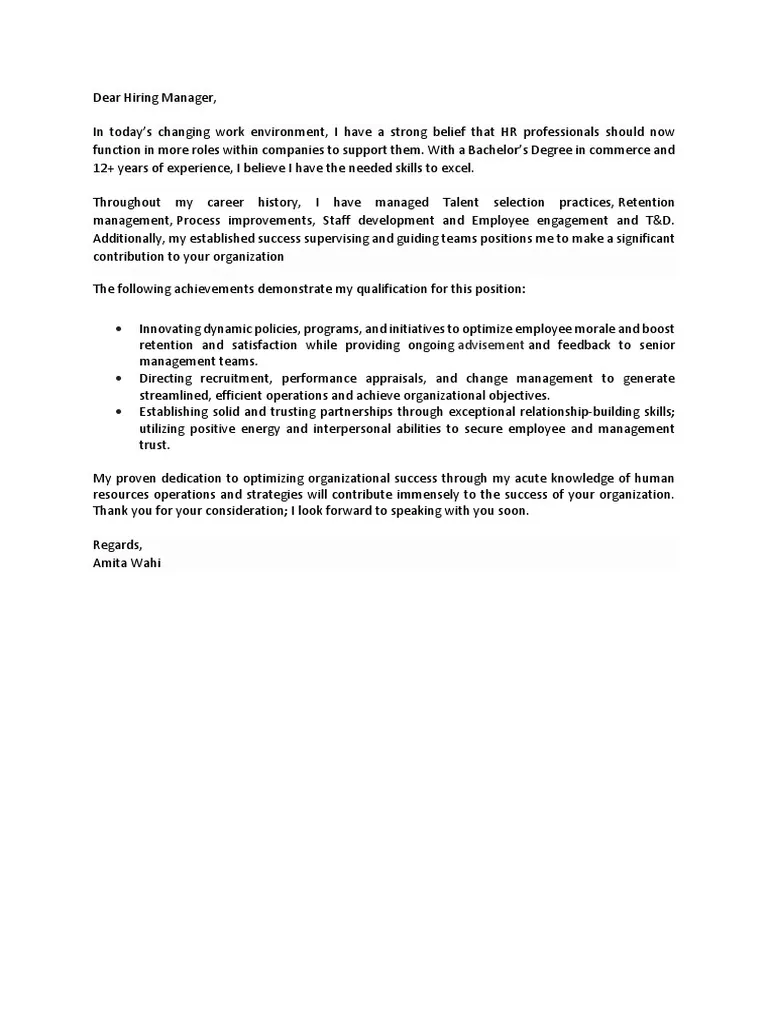
Templates can be a useful starting point for formatting your cover letter, but they should be customized to reflect your unique qualifications and the specific job. Do not simply fill in the blanks; personalize the content to showcase your individual skills and experiences. Use templates as a guide, but make sure you tailor the information to the company and position. Using a template as a starting point can save time and ensure your cover letter has a professional layout. Templates help create a base for your cover letter. Personalize the template.
Where to Find Reliable Templates
There are many resources available online for finding cover letter templates. Use reliable resources such as career websites, professional resume services, and reputable job boards. Ensure the templates are designed to be professional and appropriate for the job you are applying for. Look for templates that are easy to customize and that allow you to highlight your key skills and experiences. Many websites offer free and paid cover letter templates. Using reliable templates can ensure a professional presentation of your cover letter. Use the templates as a starting point, but be sure to change the template to fit you.
